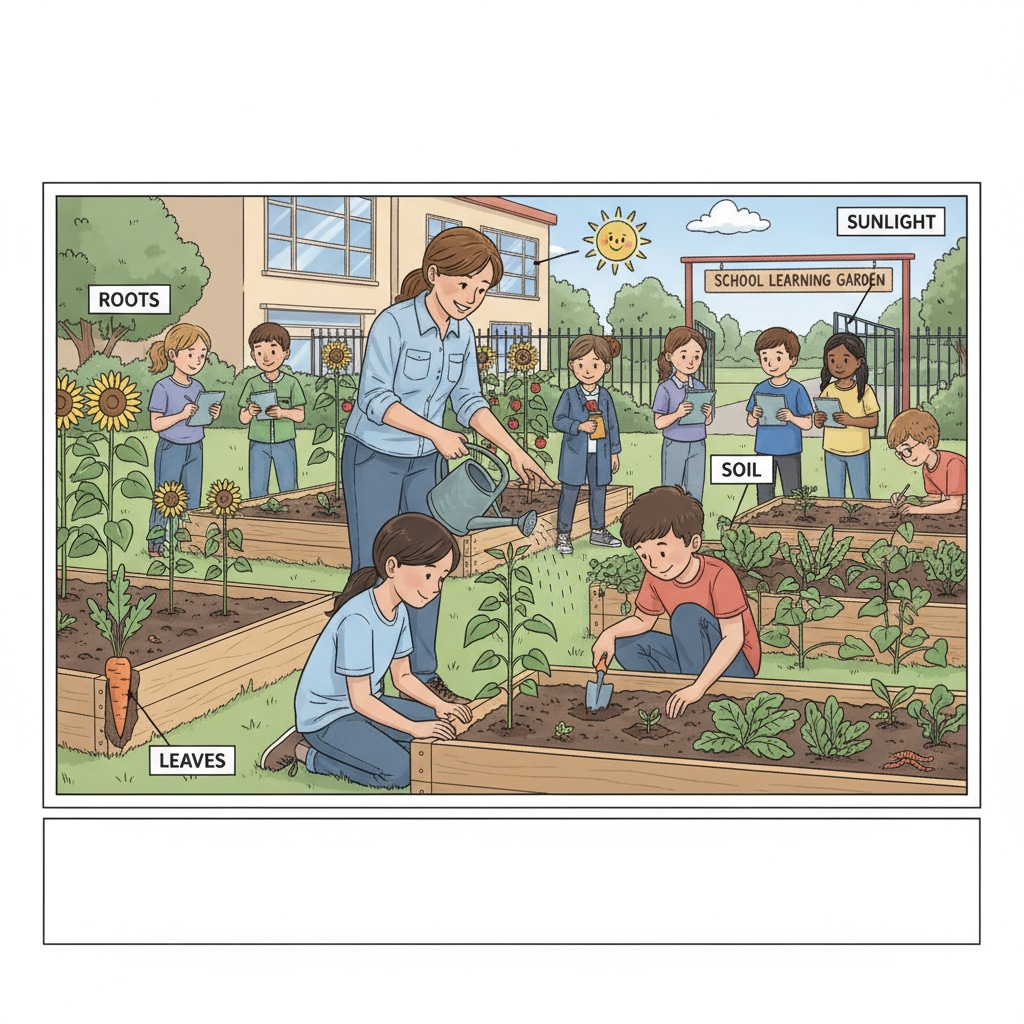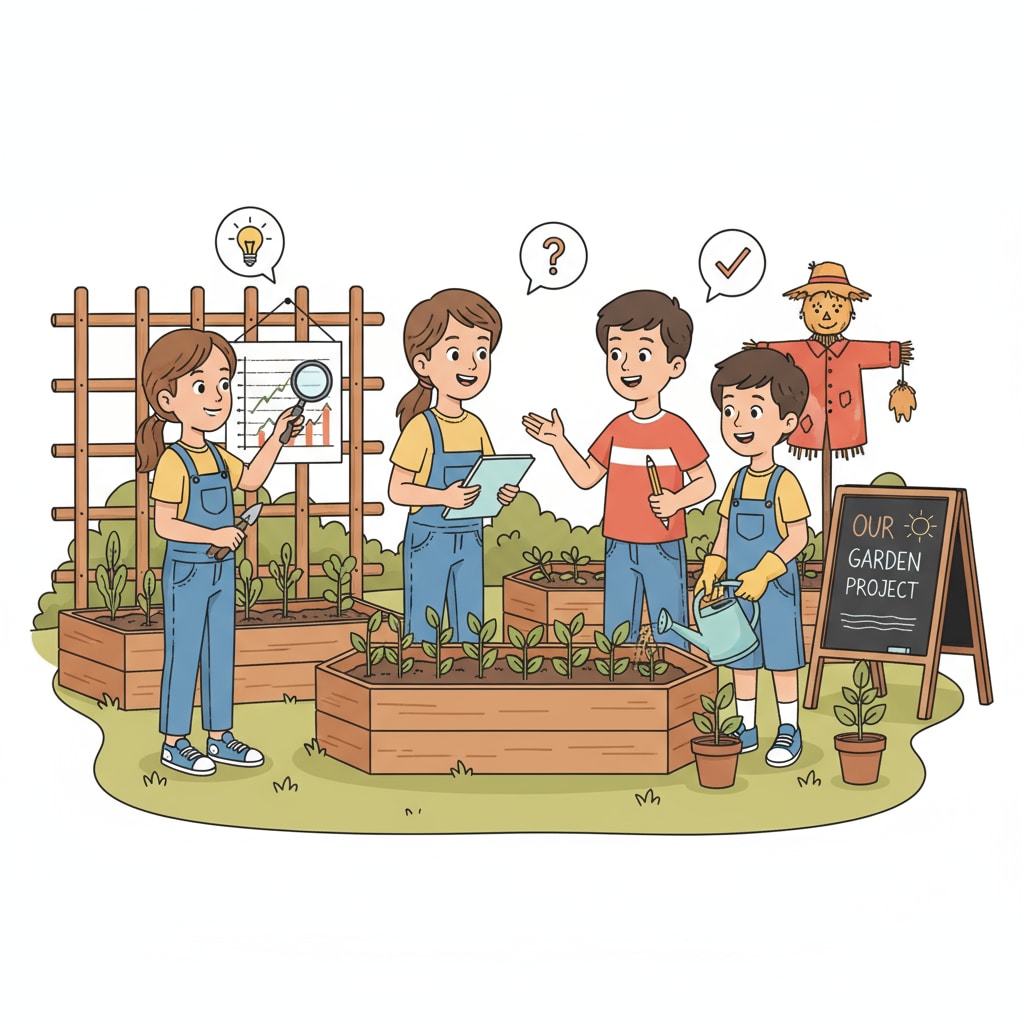School gardens, a remarkable medium for practical education and interdisciplinary learning, hold immense potential in modern education. They are not just patches of greenery but dynamic spaces where students can engage in hands-on experiences that blend various academic disciplines. These gardens can transform the traditional classroom setting into an immersive learning environment, fostering a deeper understanding of multiple subjects and skills.

The Multifaceted Value of School Gardens in Education
School gardens provide a rich ground for academic learning. For instance, in science classes, students can study plant life cycles, soil composition, and the interaction between plants and insects. As they plant seeds, observe growth, and measure plant development, they are actively engaging in scientific inquiry. This hands-on approach helps students better understand theoretical concepts taught in textbooks. Education on Britannica further elaborates on the importance of practical learning in enhancing knowledge retention.
In addition to science, school gardens also offer opportunities for math learning. Students can calculate the area of the garden beds, measure the amount of water needed for irrigation, and track the growth rate of plants over time. These real-life applications of math make the subject more tangible and interesting for students.
Social and Emotional Development through School Gardens
School gardens play a crucial role in developing students’ social skills. Working together in the garden requires cooperation, communication, and teamwork. Students need to divide tasks, share tools, and support one another to ensure the garden thrives. This collaborative environment helps them build relationships, learn to respect others’ opinions, and develop problem-solving skills. Social skills on Wikipedia details how such interactions contribute to overall social development.

Moreover, gardening can have a positive impact on students’ emotional well-being. Spending time in nature has been proven to reduce stress and anxiety. The sense of accomplishment that comes from growing plants from seeds to maturity can boost students’ self-esteem and confidence. It gives them a sense of responsibility and ownership, which is essential for their emotional growth.
Implementing a school garden project, even with limited resources, is feasible. Schools can start small, using a corner of the playground or a rooftop area. Community support can also be a great asset. Local nurseries may donate plants, and parents can volunteer their time and skills to help establish and maintain the garden.
In conclusion, school gardens are invaluable assets in the realm of practical and interdisciplinary learning. They offer a unique blend of academic, social, and emotional benefits that can enhance students’ overall educational experience. By harnessing the potential of school gardens, we can create a more engaging and effective learning environment for the next generation.
Readability guidance: This article uses short paragraphs and lists to summarize key points. Each H2 section provides a clear set of ideas. The proportion of passive voice and long sentences is controlled, and transition words like ‘for instance’, ‘in addition’,’moreover’ are used throughout to enhance readability.


